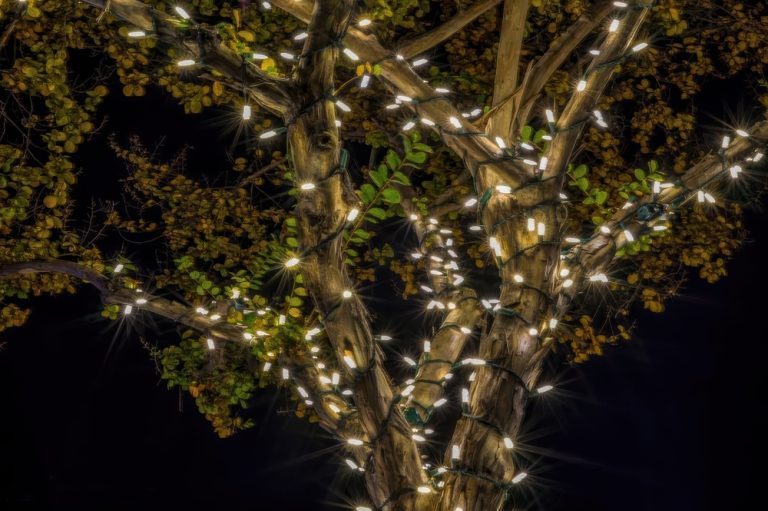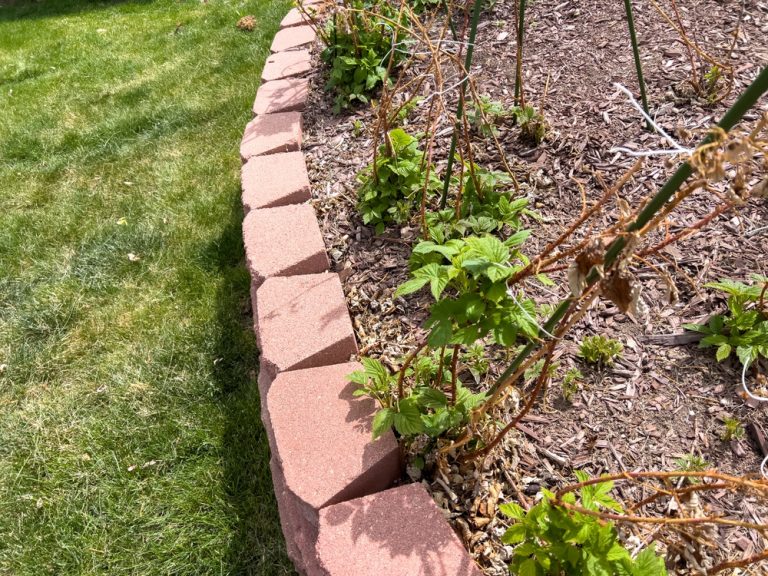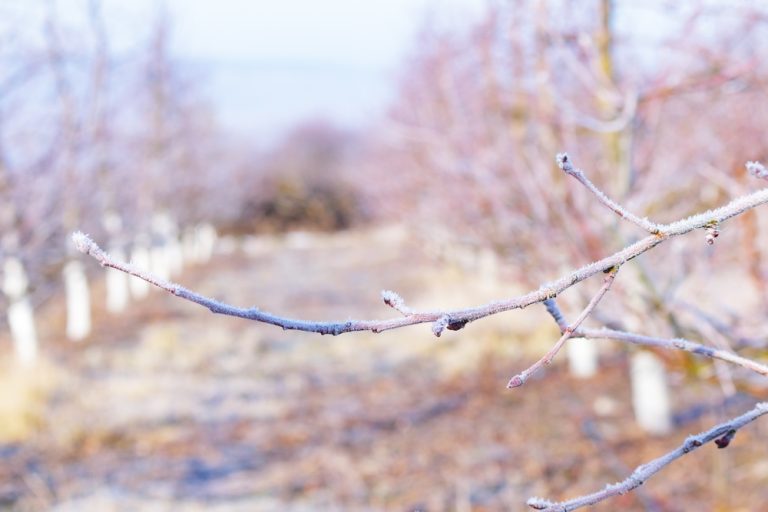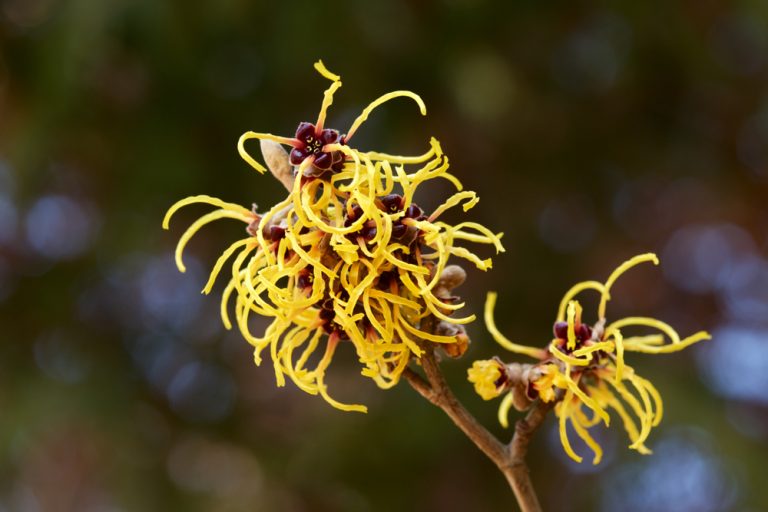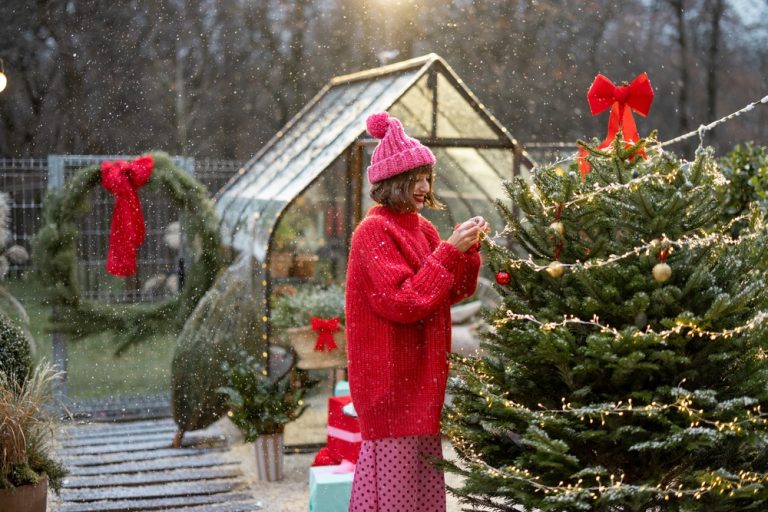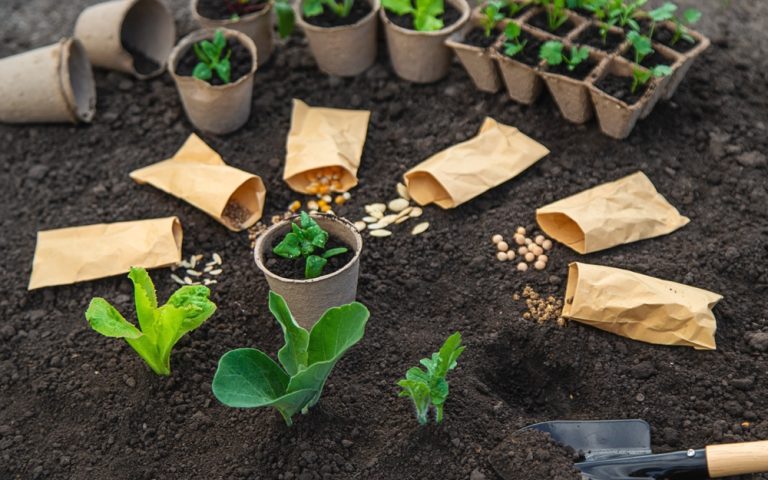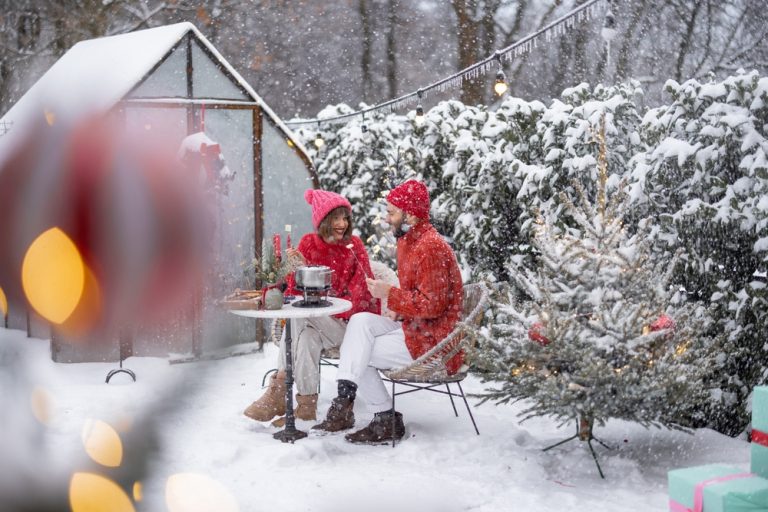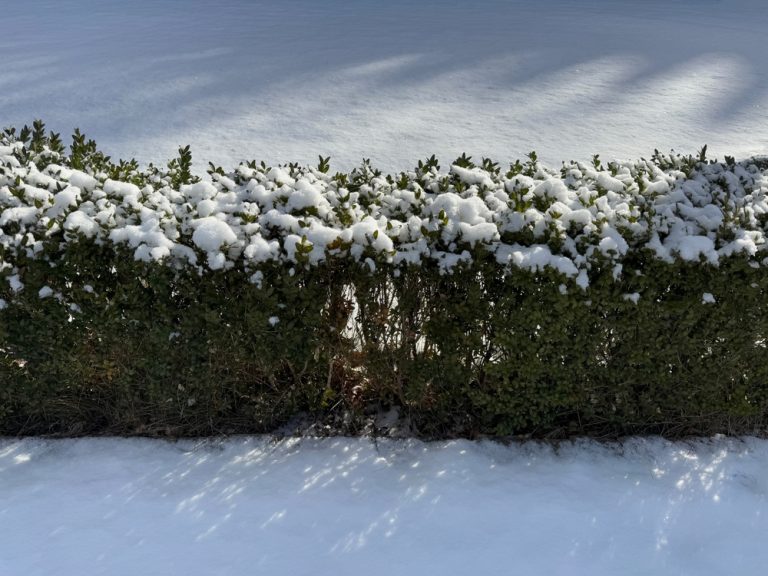Winter gardens can feel a little sleepy, draped in frost and bare branches, but with the right touches, your plants can shine like they’re on the red carpet. Cold weather doesn’t have to mean dull or drab—think twinkling lights, gleaming reflections, and clever illumination that make every shrub, tree, and evergreen star in their own…
garden tips
12 Creative Garden Borders You Can Install in December
Winter might have settled in, but that doesn’t mean your garden has to hibernate. December is actually the perfect month to plan, prep, and install unique borders that will make your garden pop come spring. From whimsical twists to practical designs, the right border can transform the edges of your garden into eye-catching statements. Whether…
What Gardeners Should Do Before the Frost to Avoid Disaster
The air is crisp, the leaves are turning fiery shades of orange and red, and the first hints of frost are whispering through the garden. For gardeners, this time of year is thrilling but also a little nerve-wracking. One missed step, one forgotten plant, and a hard frost can turn months of labor into a…
10 Plants That Attract Pollinators Even in Cold Weather
When the chill of winter sets in and most gardens seem to sigh under frost and snow, some brave plants continue to hum with life. Bees, butterflies, and even hummingbirds aren’t ready to hibernate just yet, and certain plants know exactly how to lure them in despite the icy air. Cold-weather pollinators are masters of…
How to Repurpose Leftover Holiday Lights for Garden Use
After the last holiday decoration is tucked away, many of us are left staring at a tangle of leftover lights wondering what on earth to do with them. Tossing them seems wasteful, but reusing them creatively in your garden can bring sparkle and delight long after the holiday season ends. From practical uses to whimsical…
Do You Need a Cold Frame to Grow in December?
Winter gardening sounds like a daredevil sport. Frost nipping at your nose, icy winds trying to sabotage your seedlings, and yet, some plants thrive while you’re bundled in three layers of clothing. If you’ve ever wondered how gardeners coax life out of frozen soil in December, the answer often starts with one little hero: the…
6 Garden Journal Prompts to Prepare for Spring While It’s Snowing
Winter has an ice-cold ability to slow everything down. Frosty mornings, icy sidewalks, and the endless blanket of white make it feel like your garden is in a deep, frozen slumber. But inside, your imagination can be blooming like never before. While snowflakes drift lazily outside, your garden journal is the perfect place to plan,…
Does Your Garden Have the Right Soil Mix for Winter Planting?
Winter gardening is not a silent, sleepy affair. In fact, it’s a full-on, muddy adventure that can make the difference between a thriving spring garden and a patch of regret. The secret to success? Soil that’s ready to face frost, snow, and chilly winds while still giving your plants the nutrients they crave. If your…
The Impact Of Snow And Ice On Your Garden Isn’t What You Think
Winter isn’t just about cozy blankets, hot cocoa, and Instagram-worthy snowflakes—it’s also about your garden. While many gardeners panic at the first frost, snow and ice are not always the villains in your backyard story. In fact, these frozen elements can be surprising allies, offering protection, nourishment, and even a bit of magic for your…
8 Shrubs With Colourful Bark You’ll Love in Winter Landscapes
Winter gardens often feel sleepy, blanketed in muted tones and bare branches. But what if your garden could dazzle even when the flowers have gone to sleep? Colourful bark shrubs are like nature’s neon lights, turning drab winter days into a display of fiery reds, sunny yellows, and bright oranges. These shrubs aren’t just beautiful—they’re…
